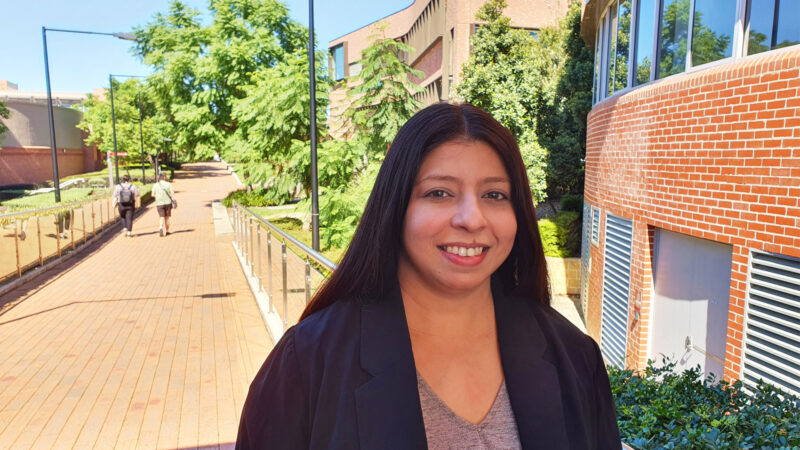ADVOCATING FOR AUSTRALIAN CHILDREN LIVING WITH VISION IMPAIRMENT
Australian Childhood Vision Impairment Register
With
Dr Susan Silveira
Chief Investigator
Australian Childhood Vision Impairment Register, NextSense &
Program Director
Master of Disability Studies (Macquarie University), NextSense
AUSTRALIAN HEALTH JOURNAL SEGMENT
Filmed in Sydney | June 2025
The Australian Childhood Vision Impairment Register (ACVIR), the first of its kind in Australia, captures uniquely Australian data which is used to improve services for children with vision impairment. The data is also available to researchers who work in the area of eye disease and disorders of vision.
Currently in Australia, we don’t know how many Australian children have vision impairment.
This makes it hard to plan for the services these children need, or to argue for research into preventing conditions which cause vision impairment.
NextSense Institute, in partnership with key Australian service providers, corporate donors, government departments and health professionals, has undertaken a major research project to develop and maintain an Australia-wide record of children with vision impairment.
This project is called the Australian Childhood Vision Impairment Register.
Australian Health Journal spoke with Dr Susan Silveira, Chief Investigator of the Register.
The Register collects accurate information on children who have been diagnosed by an ophthalmologist (eye doctor) with vision impairment.. This information is used to establish the number of children with vision impairment, the causes and level of vision impairment and any additional disabilities and health conditions these children have.
The Parent or guardian of a child, aged 0-18 years, who has been diagnosed by an ophthalmologist with vision impairment, are invited to join the Australian Childhood Vision Impairment Register.
The Australian Childhood Vision Impairment Register (ACVIR) is sponsored by NextSense with support from Guide Dogs, Vision Australia, low vision service providers and families of children with vision loss.
Source: Written by AUDIENCED sourced from NextSense website
You Might also like
-
Caring for community
With a passion for helping people, Carina Fernandes in her final year at Western Sydney University received accolades as a nursing student. Now a recent graduate, having completed her Bachelor of Nursing (Advanced) degree, and recognised as an Emerging Nurse Leader 2021 by the Australian College of Nursing, Carina has her sights set on her new role in healthcare, at the same time keeping sustainability top of mind.
-
Pharmacy led men’s urological health
Men’s urological needs refer to the medical and surgical conditions that affect the male urinary tract system and reproductive organs.
A urologist can address these concerns, however a pharmacy-led model of care developed by Brad Butt, called Mens Health Downunder has offered an alternative to certain urological needs of the male adult population over the past 10 years.
Australian Health Journal met with Brad to hear about his journey, Mens Health Downunder and the impact the pharmacy-led model of care has had on patient’s urological as well as mental health.
-
Handling modern day diets and misinformation as a HCP
Laureate Professor Clare Collins AO in Nutrition and Dietetics at the University of Newcastle, emphasises the need for accurate and reliable nutrition information to reach the public. Prof Collins believes that it is vital for clinicians to stay up-to-date with cutting-edge nutrition science and work with communication organisations to disseminate information to the general public. This is particularly important as social media is full of both reliable and unreliable information on dietary patterns, such as veganism.



